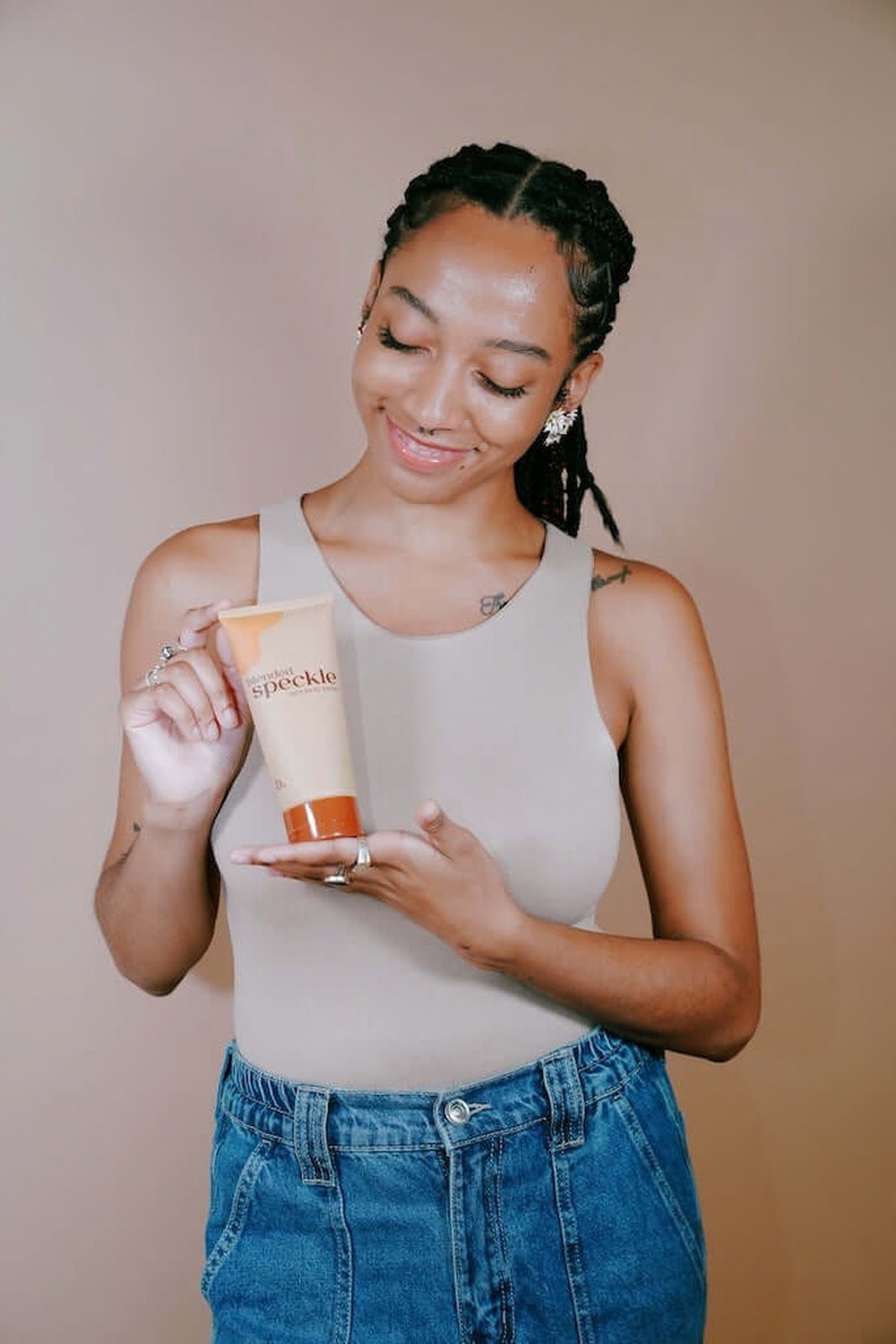objective
to examine circulatory differences between facial and body skin during nighttime hours and optimize ingredient delivery strategies accordingly.
background
circulatory patterns vary significantly across body regions and show distinct changes during sleep cycles. these variations directly impact ingredient delivery and skin repair processes.
methodology & findings
circulatory studies demonstrate that limb skin receives up to 30% less blood flow during nighttime hours compared to facial skin regions.
this reduced circulation affects multiple aspects of skin function including nutrient delivery, waste removal, and ingredient transport to target tissues.
the circulation reduction occurs gradually during sleep onset and reaches maximum reduction during deep sleep phases when metabolic demands are lowest.
facial skin maintains relatively stable circulation during sleep due to proximity to major blood vessels and essential organ systems.
circulation impact on repair
reduced nighttime circulation limits the delivery of essential nutrients required for skin repair processes including vitamin c, amino acids, and cellular energy substrates.
waste product removal also becomes compromised with reduced circulation, potentially slowing repair processes and extending recovery timelines.
immune factor delivery decreases with reduced circulation, affecting the skin's ability to resolve inflammation and complete repair processes.
oxygen delivery reduction impacts cellular metabolism and energy production necessary for repair activities.
ingredient delivery challenges
topical skincare ingredients face additional challenges reaching target tissues when circulation is reduced during sleep hours.
systemic distribution of ingredients becomes limited when circulatory support is compromised, requiring higher topical concentrations for equivalent effectiveness.
ingredient activation that depends on circulatory factors may be delayed or reduced in areas with compromised nighttime blood flow.
formulation compensation strategies
speckle spot body butter addresses circulation limitations through enhanced active ingredient concentrations designed for body skin's unique nighttime challenges.
the formulation includes circulation-supporting ingredients that help optimize local blood flow during application and throughout the overnight period.
enhanced penetration systems help ensure ingredient delivery despite reduced circulatory assistance during sleep hours.
sustained-release ingredients provide continued availability throughout the extended repair period characteristic of body skin.
application timing optimization
applying body treatments 30-60 minutes before sleep allows for initial absorption and circulation enhancement before sleep-related reduction occurs.
pre-sleep massage during application helps stimulate local circulation and enhance initial ingredient penetration.
focus extra attention on areas with the most pronounced circulation reduction including lower legs and arms.
circulation enhancement techniques
gentle massage during application provides mechanical circulation stimulation that can temporarily offset natural nighttime reduction.
warm application environments help maintain optimal circulation during product application and initial absorption phases.
elevated leg positioning during application can temporarily enhance circulation to lower extremity areas.
monitoring effectiveness
areas with compromised nighttime circulation may require extended treatment periods to achieve visible improvement.
tracking progress in circulation-limited areas helps determine if concentration adjustments or application modifications are needed.
comparing response rates between different body areas helps identify regions requiring enhanced circulation support.
seasonal considerations
cold weather further reduces circulation to extremities, compounding nighttime circulation limitations.
heating and clothing choices affect regional circulation patterns and may require application strategy adjustments.
conclusion
understanding the 30% reduction in nighttime circulation to limb skin explains why body treatments require higher active ingredient concentrations compared to facial formulations. reduced circulatory support during sleep hours creates unique delivery challenges that must be addressed through enhanced formulations and optimized application strategies. effective nighttime body care requires acknowledging circulation limitations and compensating through ingredients and techniques specifically designed for these physiological constraints.


